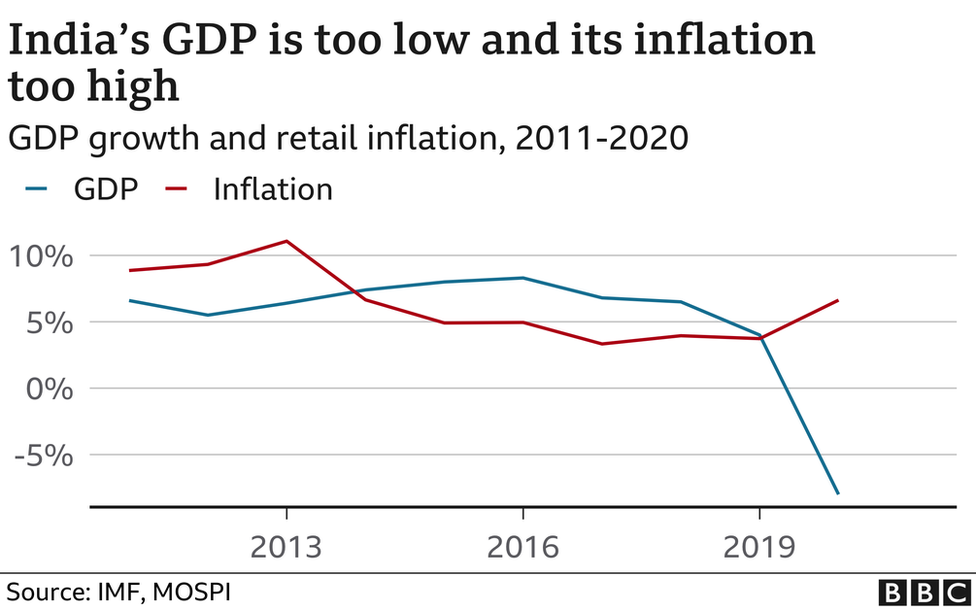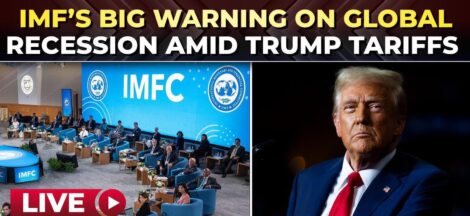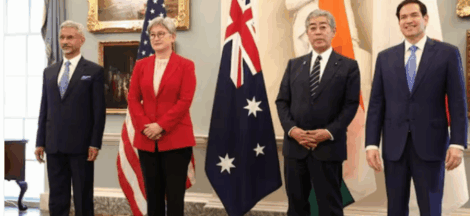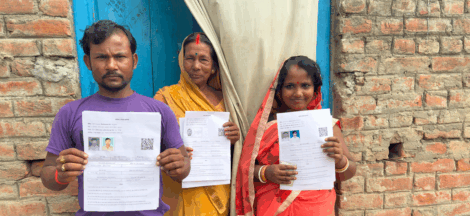By Dr. Nilanjan Banik
As per the State of World Population Report published by the United Nations Population Fund, India will become the most populous country in the world in the summer of 2023. At this point, India also has a relatively ‘younger’ working-age population compared to China. Depending upon how one read the data, this can be a boon or bane, as labour is an important component of growth in national income (read, GDP). If the labourers are productive, then their income and the economy grow. Much of the GDP growth that occurred among the emerging Asian economies during the second half of the last century was through increased labour force participation. These countries, for example, China, South Korea, Singapore, Taiwan, and Vietnam, were able to absorb labour from the low-productive agricultural sector to the high-productive manufacturing sectors. Much of the supply of white goods like mobile phones, air conditioners, refrigerators, computers, etc. are manufactured in these countries, thereby making their economy transition from low to middle and high-income economies.
It is not surprising to see why there is a flourishing middle class in these economies as the manufacturing sectors were able to absorb labourers from the agriculture. According to pewresearch.org the share of Chinese who are in middle-income group jumped from 3% to 18%, however, the share of Indians middle-income group remain unchanged during most part of this century. Although, thanks to reforms and the consequential high growth rates in GDP, India was able to reduce poverty – from 40% in 2004 to 10% in 2019 – however, the drop in poverty merely resulted in an increase in the number of low-income population.
Data from the recently published India Consumer Economy 360 survey points towards a fall in income growth for the poor and middle-income households, whereas that of the high-income households surged. Between 2016 and 2021, people in the bottom 20 quintiles has seen their income growth decline by 20% whereas those in the top 20 quintiles has seen their income grow by 20%. The growth in income for this top 20 quintiles is because of highly skilled new-age workforce (often foreign returned) like doctors, legal experts, engineers and MBAs working for the global consultancy firms and global capability centres of multinational based in India.
Ergo, although in India the poor (less-skilled workers) are becoming richer, the society is also becoming more unequal, that is, the rich (highly-skilled workers and big entrepreneurs) are becoming richer much faster. New World Wealth, a Johannesburg-based company, published a report where it claimed that India is the second-most unequal country in the world, with millionaires controlling 54% of the wealth. In India number of ultra-high-net-worth-individuals (with net assets more than $30 million or more) has grown by 11% year-on-year in 2021, the highest percentage growth in the Asia-Pacific.
A reason for an unequal income distribution is that most of our labourers are stuck in low-productive sectors. According to the Periodic Labour Force Survey (PLFS) 2021-22, agriculture still remains the largest source of employment, employing 45.5% of the workforce. Construction is at a distant second employing 12.4%, closely followed by trade, hotel & restaurant, employing 12.1% of the workforce. Now all these sectors require low/semi-skilled labourers, with low productivity.
India’s labour productivity – economic output per hour of work – is just 12% of the US levels. In purchasing parity terms, GDP per hour worked is $70.68 for the US, in comparison to India’s $8.47, and this cannot be explained by differences in the working population alone. Types of employment, and access to finance and technology matter.
India leapfrogged into services without being able to create enough jobs in the manufacturing sector. Even the success story in the manufacturing sectors, like Reliance, Godrej, TATA Group, etc. employs a capital-intensive mode of production. For a long, everyone thought labour market reform such as giving more power to the companies to hire and fire workers, will bring in the required change. That did not happen in spite of the Central labour law reforms in 2020.
Instead, over the last five years, there has been an increase in self-employment in low-productive agriculture and urban informal sector. There are not enough jobs getting created and according to PLFS 2021-22, on the basis of current weekly status unemployment level remained stagnant at 8.8%, without declining much since 2017. On the other hand, a concomitant rise in income inequality is leading to the creation of low-paid and low-productive jobs such as housekeeping, security services, and other gig type jobs such as Zomato delivery boys.
A low productive workforce means a lower income, in particular when the informal labour markets are monopsonistics (higher number of labourers looking for jobs as opposed to employers/aggregators). There has been no significant growth of real wages at the all-India level in the last eight years. On the contrary, the cost of healthcare and education is rising, most of which have to be borne privately. As per the latest household social consumption data (NSS 75th Round), only 4% of the rural population and 19% of the urban population reported that they had health expenditure coverage.
According to the Economic Survey 2022-23, almost half of all medical expense is still borne by the patient themselves. The Government’s insurance coverage program Ayushman Bharat, does not cover primary healthcare such as prenatal care, and other common diseases such as influenza, diarrhoea, etc., which form a major part of household expense on health. Even for the tertiary sector, and if one is lucky to get covered under government insurance coverage, new medicines for terminal illness diseases and surgical procedures, remains outside the budget of a majority of the Indian household. For example, each round of chemotherapy and radiation costs more than one lakh, whereas a vital organ transplant (liver and kidney) can cost anywhere between 20 and 30 lakhs.
The same applies for availing quality education. At a time when public spending (Central and State governments taken together) is only 4.5% of GDP, it is not surprising that for a majority of the population, education is delivered by the private sector. Because of the failures of government schools to provide a decent education, studies show even the poor income household prefers sending their kids to private schools. However, sending kids to private schools cost money. As per a survey conducted by ET Online research, educating a child between the age of three to 17 years costs around 30 Lakhs; a 4-year BTech or a 3-year BSc, costs around Rs 4 – 20 lakhs; and a five and half years MBBS degree can cost up to 1 crore. No wonder the middle and lower-income households are getting squeezed in India.
For any growing economy like India, it is important to have a flourishing middle and lower-income household. Private consumption in India is almost 60% of the gross domestic product (GDP), and private consumption growth has accounted for 70% of Indian growth since 2000. And most of the private consumption is driven by middle and lower-income households. Low income households actually consumer goods manufactured by small and marginal enterprises which are labour intensive and generate employment. That’s an added advantage. This is contrary to the consumption pattern of the rich income household most part of which is conspicuous, encouraging imports.
For instance, during last year, sell of two wheelers (bike and scooters) have fallen, whereas, imports of premium goods such as scotch/whiskey, fancy cars, different kind of cheese, tangerines, raspberries, blueberries, dragon fruits, etc., went up by a considerable 26%. For keeping our economy resilient it is important that we ensure growth of income for the poor and the middle-income household. (IPA Service)
The author is Professor, School of Management, Mahindra University.




 Regional Powers Discuss Myanmar Crisis In A Secret Meeting Hosted By India
Regional Powers Discuss Myanmar Crisis In A Secret Meeting Hosted By India 